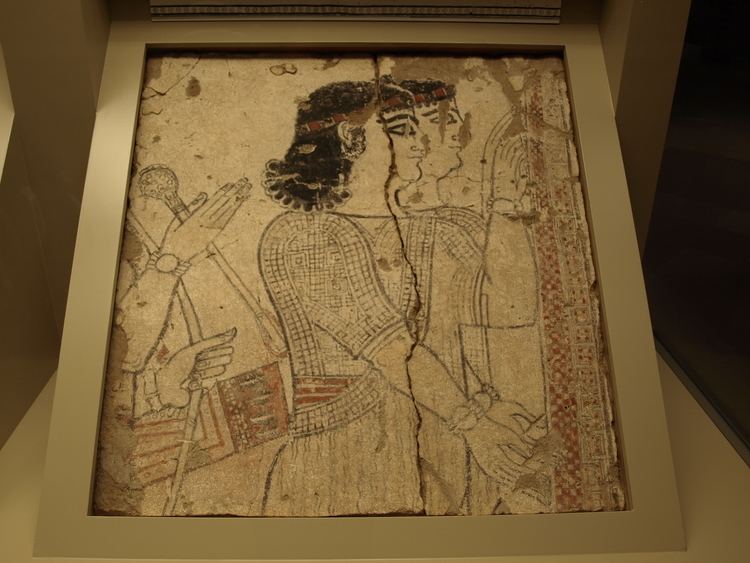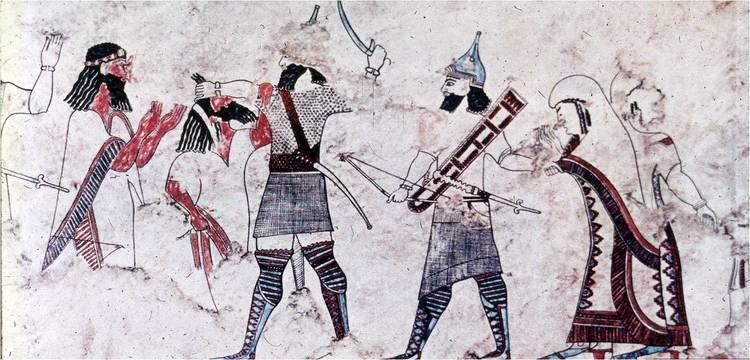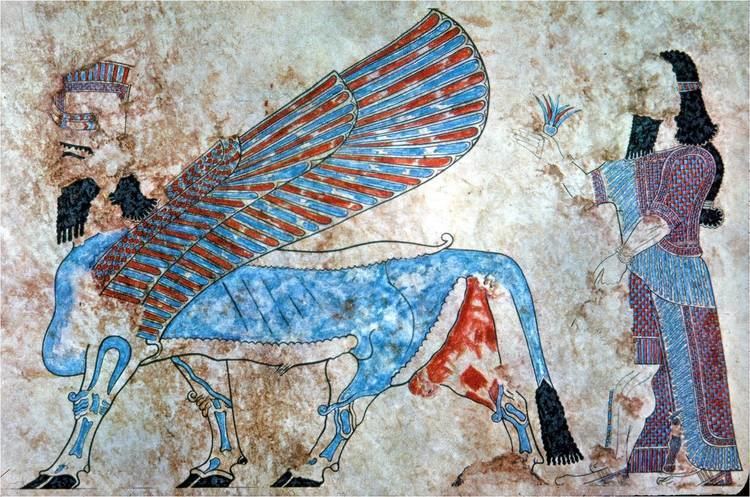Alternate name Tell Ahmar Condition Ruins Region Aleppo Governorate | Periods Assyrian Area 50 ha Period Old Assyrian Empire | |
 | ||
Weather 12°C, Wind NE at 10 km/h, 93% Humidity | ||
Til Barsip or Til Barsib (Hittite Masuwari, modern Tell Ahmar; Arabic: تل أحمر) is an ancient site situated in Aleppo Governorate, Syria by the Euphrates river about 20 kilometers south of ancient Carchemish.
Contents
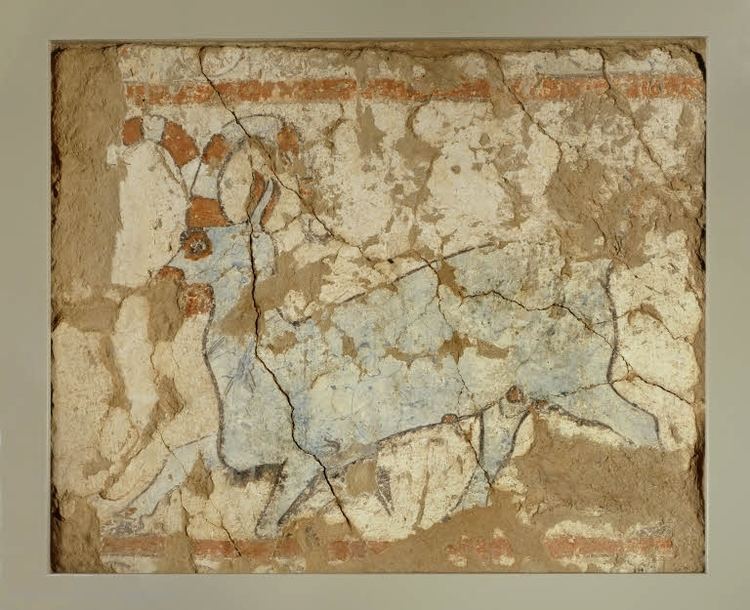
History

The site was inhabited as early as the Neolithic period, but it is the remains of the Iron Age city which is the most important settlement at Tell Ahmar. It was known in Hittite as Masuwari. The city remained largely Neo-Hittite up to its conquest by the Neo-Assyrian Empire in the 856 BC and the Luwian language was used even after that. Til Barsip was in the area of the Aramean-speaking Syro-Hittite state of Bît Adini. After being captured by the Assyrians the city was then renamed as Kar-Šulmānu-ašarēdu, after the Assyrian king Shalmaneser III, though its original name continued in use. It became a prominent center for the Assyrian administration of the region due to its strategic location at a crossing of the Euphrates river.
Archaeology

The tell was first examined by David George Hogarth, who proposed the identification as Til Barsip. The site was visited in 1909 by Gertrude Lowthian Bell who also took squeezes from some of the inscriptions there. The site of Tell Ahmar was excavated by the French archaeologist François Thureau-Dangin from 1929 to 1931. He uncovered the Iron Age city and an Early Bronze Age hypogeum burial with a large amount of pottery. Three important steles were also discovered at the site. These record how the 8th century BC Aramean king Bar Ga'yah, who may be identical with the Assyrian governor Shamshi-ilu, made a treaty with the city of Arpad. Recent excavations at Tell Ahmar were conducted by Guy Bunnens from the University of Melbourne in the late 1980s and through to the present. Many ivory carvings of outstanding quality were discovered and these were published in 1997. Current excavations are under the auspices of the University of Liège, Belgium.
Ahmar/Qubbah stele
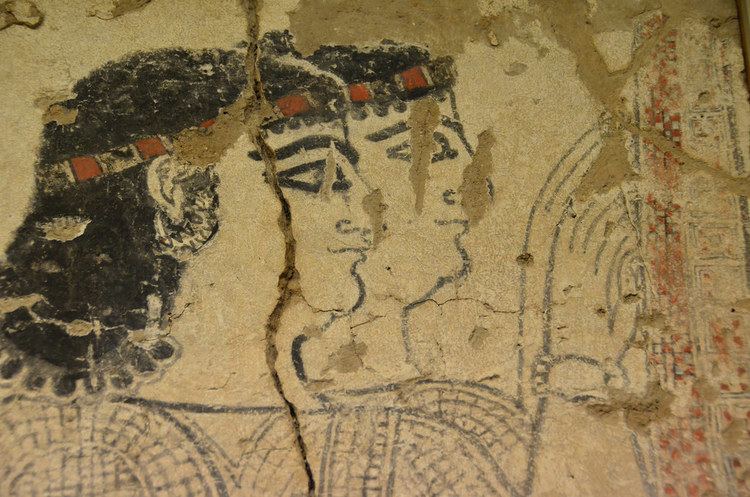
Among the early Iron Age monuments discovered in the area was a particularly well-preserved stele known as the Ahmar/Qubbah stele, inscribed in Luwian, which commemorates a military campaign by king Hamiyatas of Masuwari around 900 BC. The stele also attests to the continued cult of the deity 'Tarhunzas of the Army', whom Hamiyatas is thought to have linked with Tarhunzas of Heaven and with the Storm-God of Aleppo. This stele also indicates that the first king of Masuwari was named Hapatila, which may represent an old Hurrian name Hepa-tilla.
